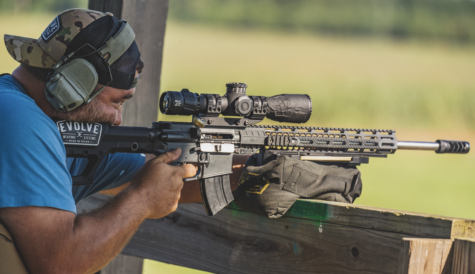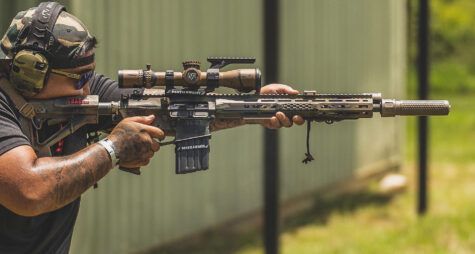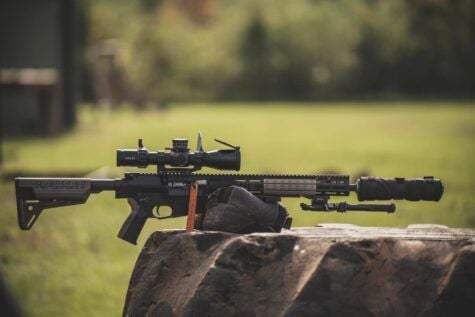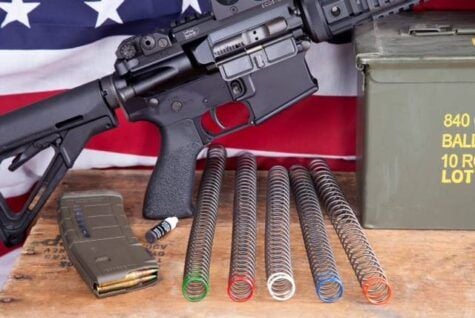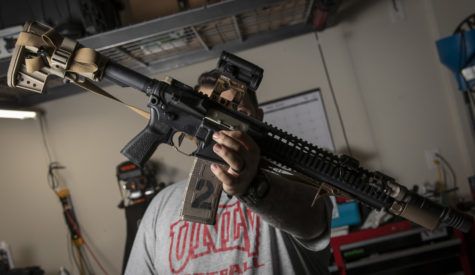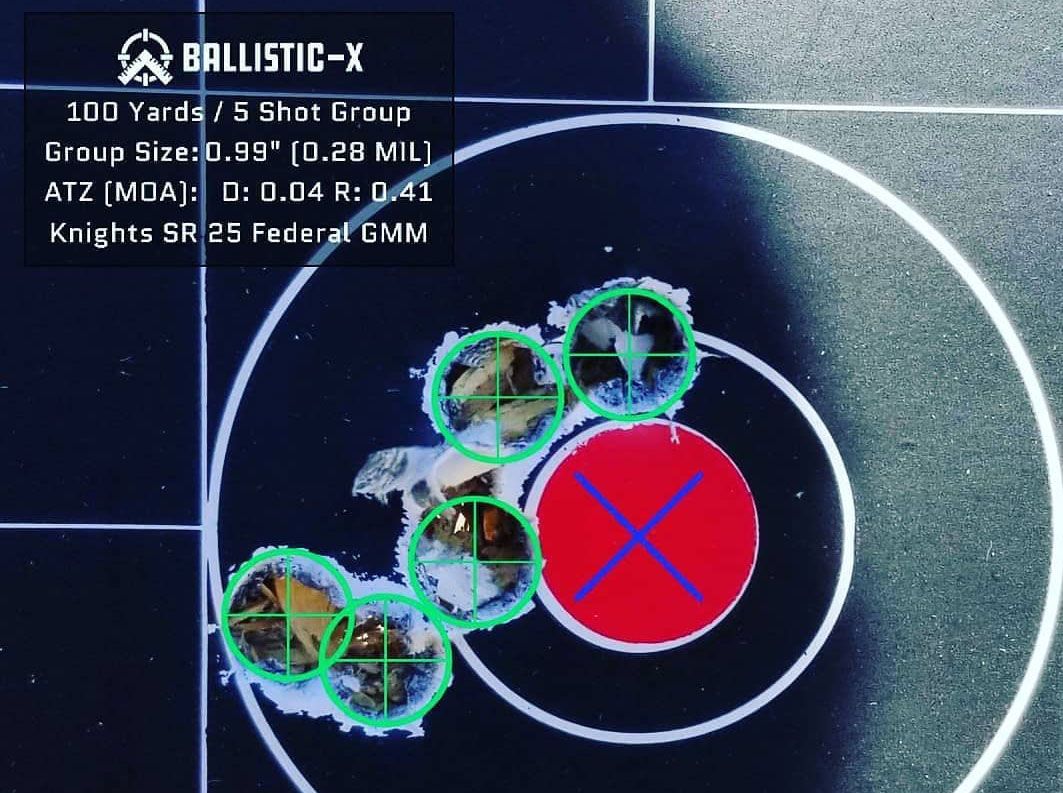
Quantified Performance’s mission is “connecting companies of value with customers of prominence.” Developed by Ash Hess and Jack Leuba, it’s an online hub where shooters can create and share concrete data to chart what works and what doesn’t.
It’s an online destination where shooters can help one another improve utilizing collected data, but more than that, it will act as a place where proven, top shooters can interact directly with the firearms industry…sharing feedback and information, and perhaps even building lasting professional connections. To learn more about the concepts behind Quantified Performance, we spoke with Ash Hess.
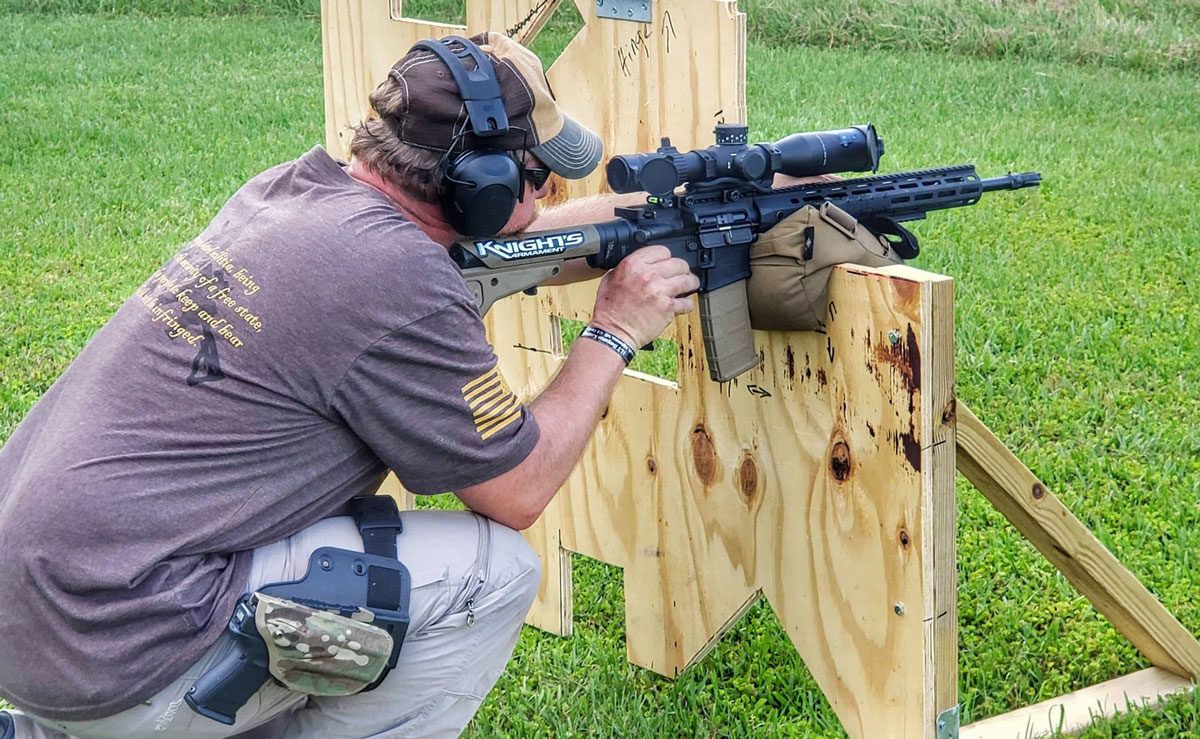
Q: Ash, can you tell us about where the idea for Quantified Performance came from?
After I finished with my 22 years in the Army, I was needing something else to stay relevant in the shooting community. Things were going very good working at Knight’s Armament, but on the shooting side, I was dropping off because I wasn’t where I was in the Army anymore. So, I started participating in the Precision Rifle Series’ Gas Gun division. I did pretty good and ended up 5th for the season in that. I made a lot of friends and I saw what that side of the industry was doing…
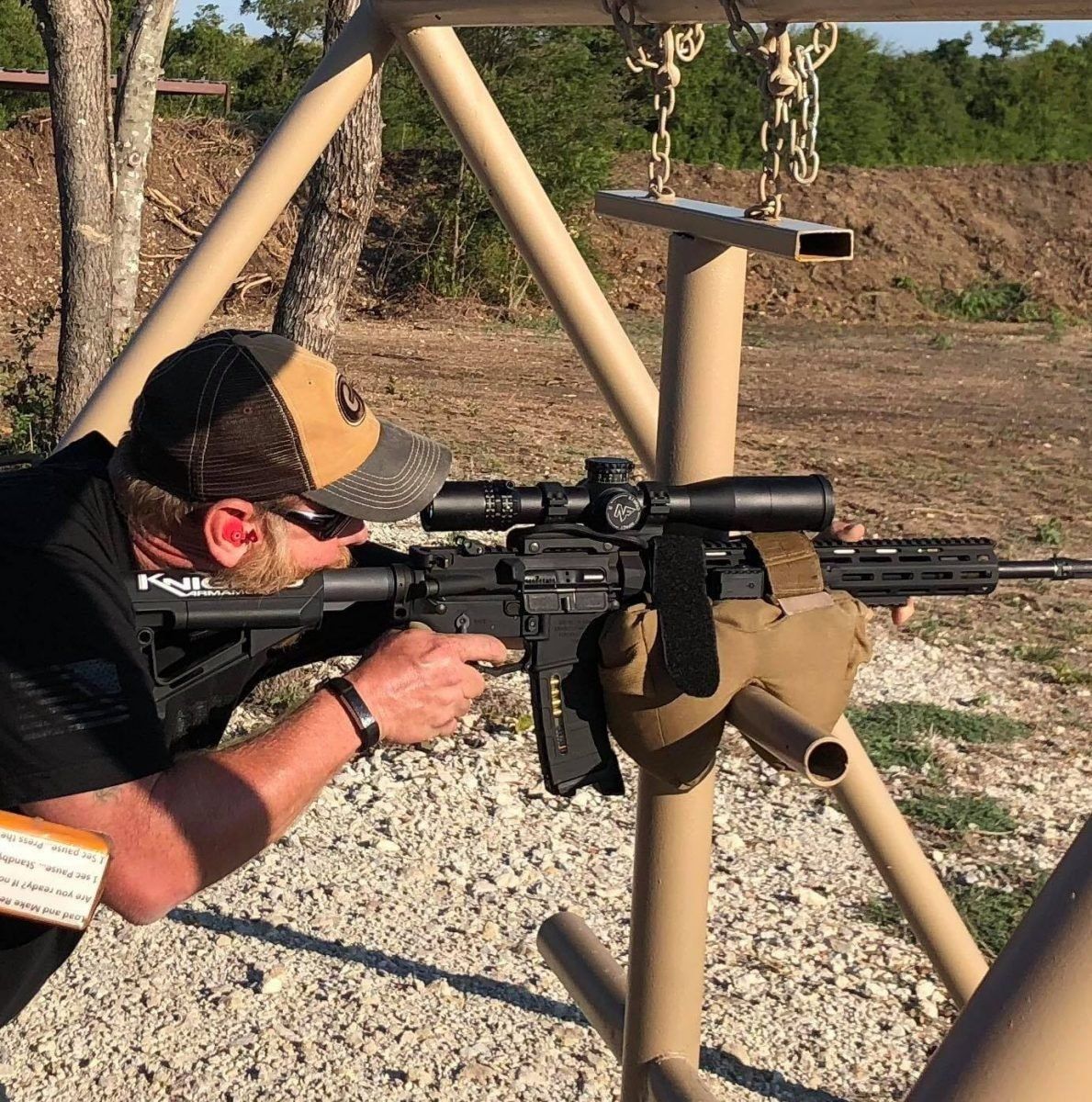
One thing I noticed that there were no resources for getting good at business in the shooting community. There’s “getting good at shooting” and then there’s “guys that understand business”, but there’s no resource out there tying those two things together.
Quantified Performance – “For Shooters by Shooters”
Now as I continued to participate in the Gas Gun series, things were going well…that is, they were going well until it was time for the finale. It ended up weird, and I don’t know exactly what happened even to this day, but the finale had basically zero attendance. There were about 15 people that signed up for it and they were expecting about 200. So, due to that lack of interest, PRS killed the Gas Gun series as part of the Precision Rifle Series.
I felt this was unfortunate as the Gas Gun series was really good for Knight’s Armament, Barrett, Daniel Defense, JP Enterprises, Seekins Precision, Lanxtang Tactical and other companies that were doing good stuff with gas guns. So, what we wanted to do was get back into shooting without having to worry about having a series…and to have some events of our own. That led to what we are doing with Quantified Performance. This is something Jack and I developed off-hours and after shows. Something that’s for shooters and by shooters.
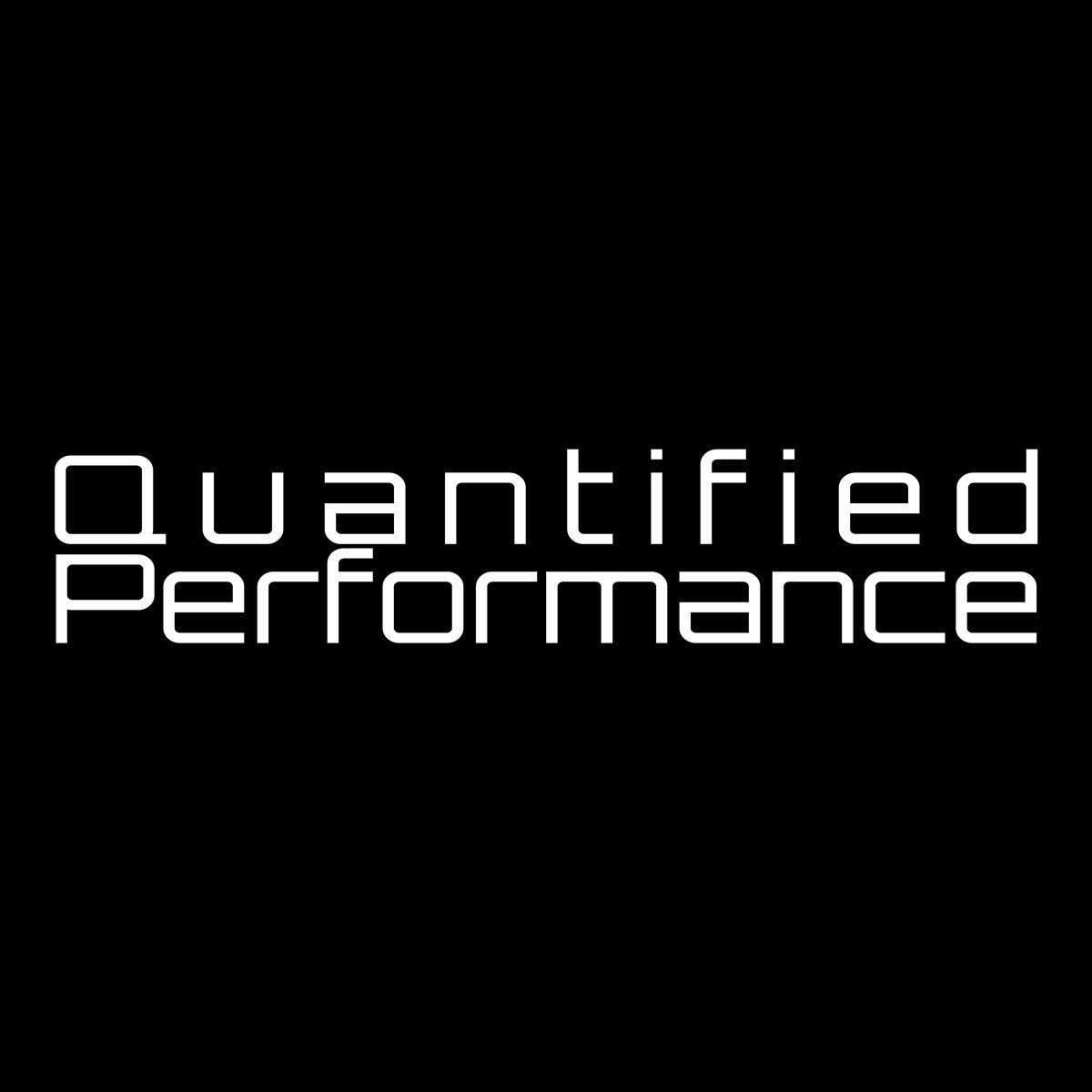
Q: Can you talk about the idea of progression when it comes to shooting? Many shooters want to step up to the next level, and perhaps be sponsored, but to do that, they need to quantify what they are doing on the range?
There’s a typical progression that I see. People start shooting guns at a range and they begin to develop their skills. Then perhaps they attend a local match where they get to see a bunch of people shooting really well. From there, then they want to try that side. It doesn’t matter if it’s pistol or rifle…But at some point, they decide to dive in and try it.
Usually what happens, unless they are really good or have had a lot of practice, is they get whipped pretty good. They might be shooting well, but they simply don’t know the rules, and don’t know how the game is played. The fact is there’s just a bunch of things that factor in whether you perform well at that event.
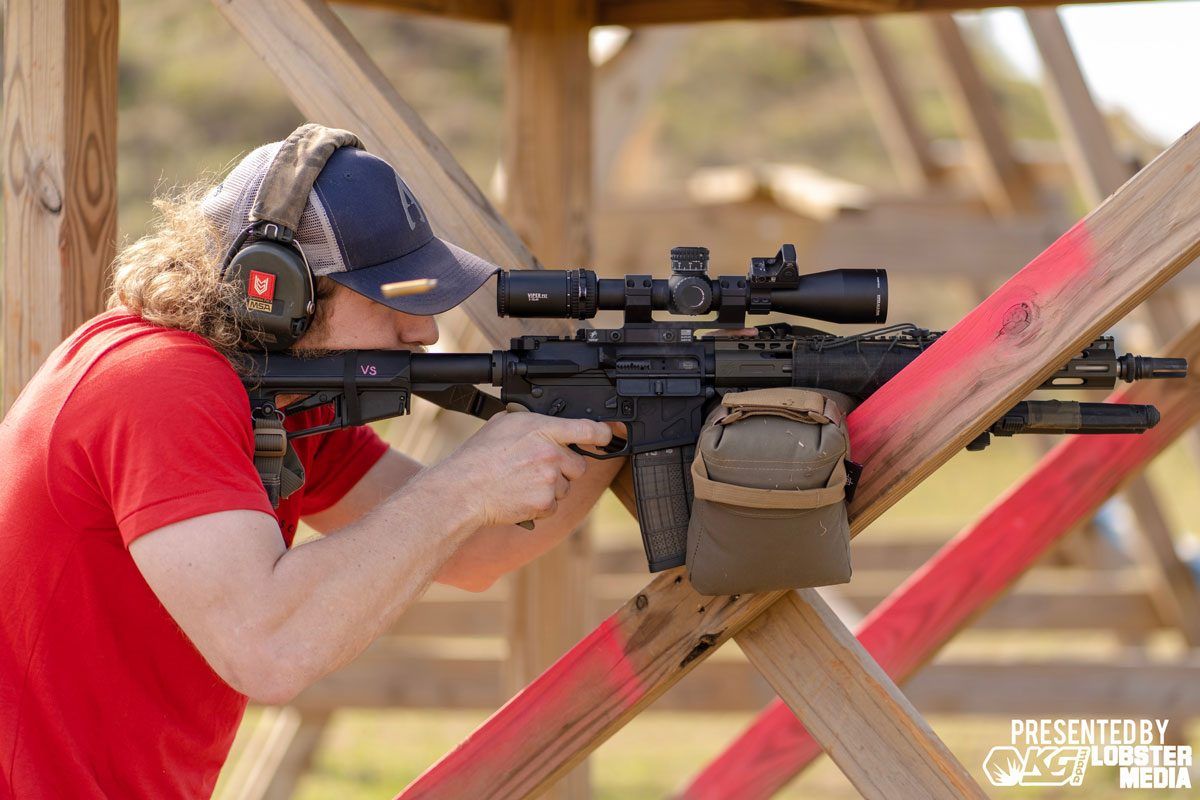
Quantified Performance – Avoiding the Blind Swing
Now, what often happens next is that person then decides that they are going to “get good”. So, they start buying guns…they start studying the rules. I wouldn’t say that they are all doing “blind swings”, because many do put a lot of time and research in, but they’re not working the data that exists for themselves.
Some people see that as “paying your dues”, but in this day and age, with all of the information we can provide across the internet, there’s no sense in having to do it that way. We think it can be different.
Ash Hess
Quantified Performance – Pushing Past Barriers Together
Ultimately what happens is, as they try to get better, they end up unnecessarily spending a lot of money. You’ll see people buy things just to buy things…all to try to help them get over the hump that they’re facing. They’re not seeing what the holdup is.
It’s akin to physical fitness and working out, where you’ll hit plateaus and you don’t push past them until you learn a new technique. Only then, you can end up hitting that next level. Well, a lot of shooters and trainers run into that and it’s frustrating.
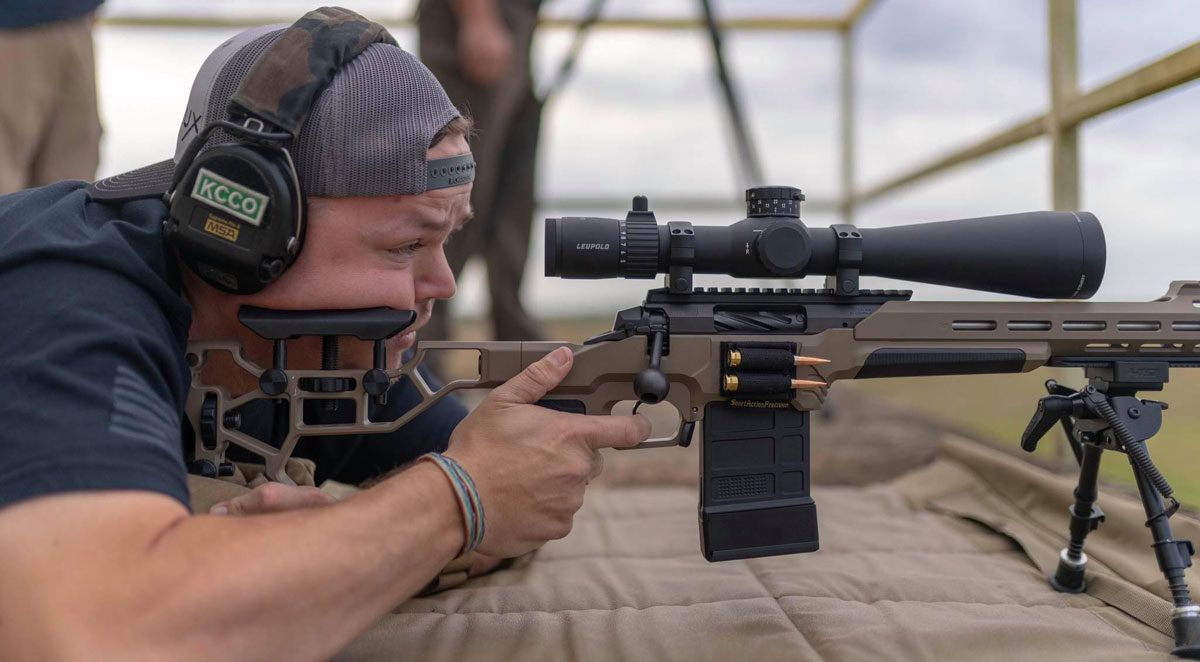
When you get to where you finally want to be, you turn around and look back and there’s just boxes of stuff that you purchased en route…and you realize that it was all a waste. It’s a natural progression, and some people see that as “paying your dues” and learning your way, but in this day and age, with all of the information we can provide across the internet, there’s no sense in having to do it that way. We think it can be different.
We believe the way it’s going to go is a shooter can track their own performance. We want to facilitate that. Eventually, we’ll be tracking some things as well. Initially though, we simply want people posting their information when they are shooting.
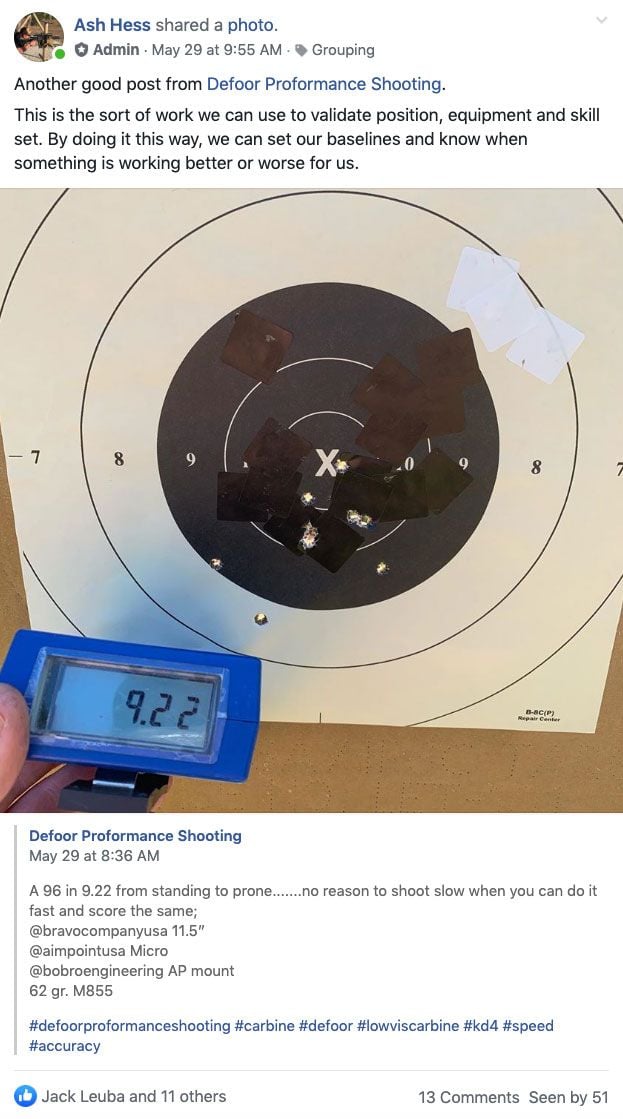
Quantified Performance – “A community that is willing to help”
If they go out and shoot some groups at the range or if they shoot a match…just getting that stuff posted up is what we want. Our hope is that people will see those results and be able to offer helpful information on how that shooter might be able to improve. Our goal is to build a community of people that is talking about shooting, posting about shooting…and that is a community that is willing to help others get a little bit better.
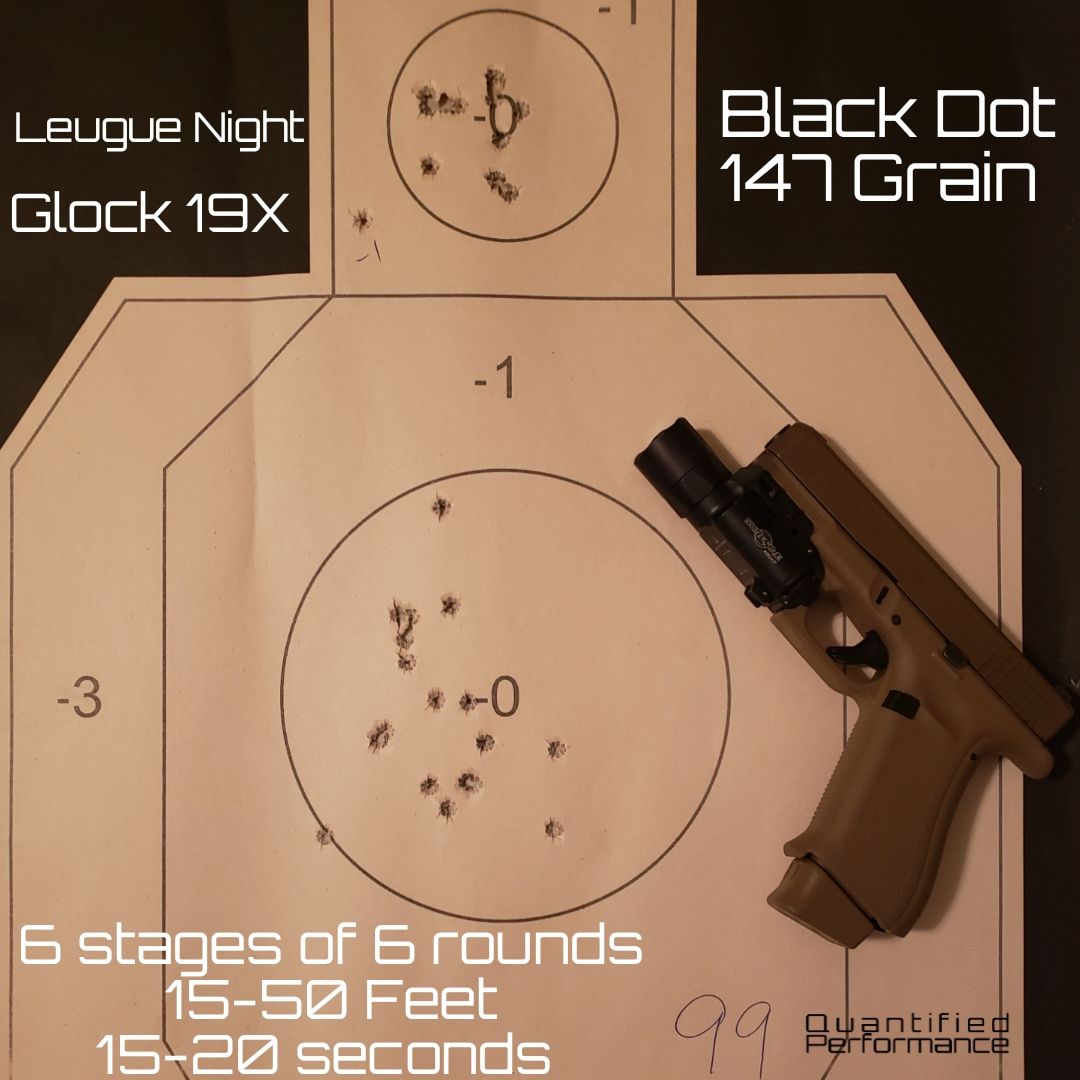
Q: Can you speak on some of the ways that the Quantified Performance community will collect the information they’ll share?
The way we’ll do that is through a few things that are already on-the-shelf and ready to go. The first one is an app called Ballistic X. You take a picture of your group and then you go through a process of marking all of your shots. It then gives you information on how good that group was. A lot of people can measure their groups by hand and claim to have a 1 MOA group, but they’re measuring this way and that way. Whereas, using this app will help to put everyone on the same playing field.
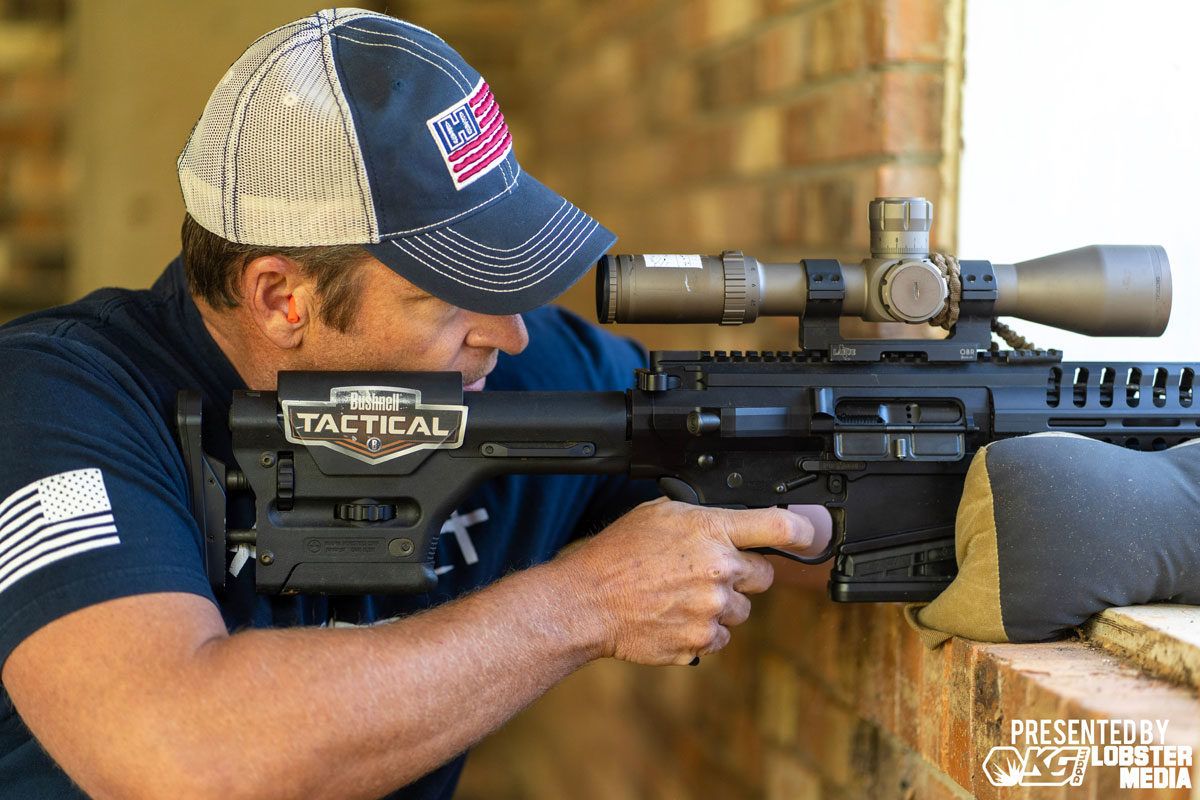
Another way we can quantify is through match performance. So, you’ll go the match and report what gun you used, what ammo, the conditions and what place you finished. As far as matches, we’re going to run perhaps four matches a year…and you’ll be able to go and participate and see how your performance is improving in matches that are run by us. We want to provide those opportunities, to, as the name implies, quantify performance.
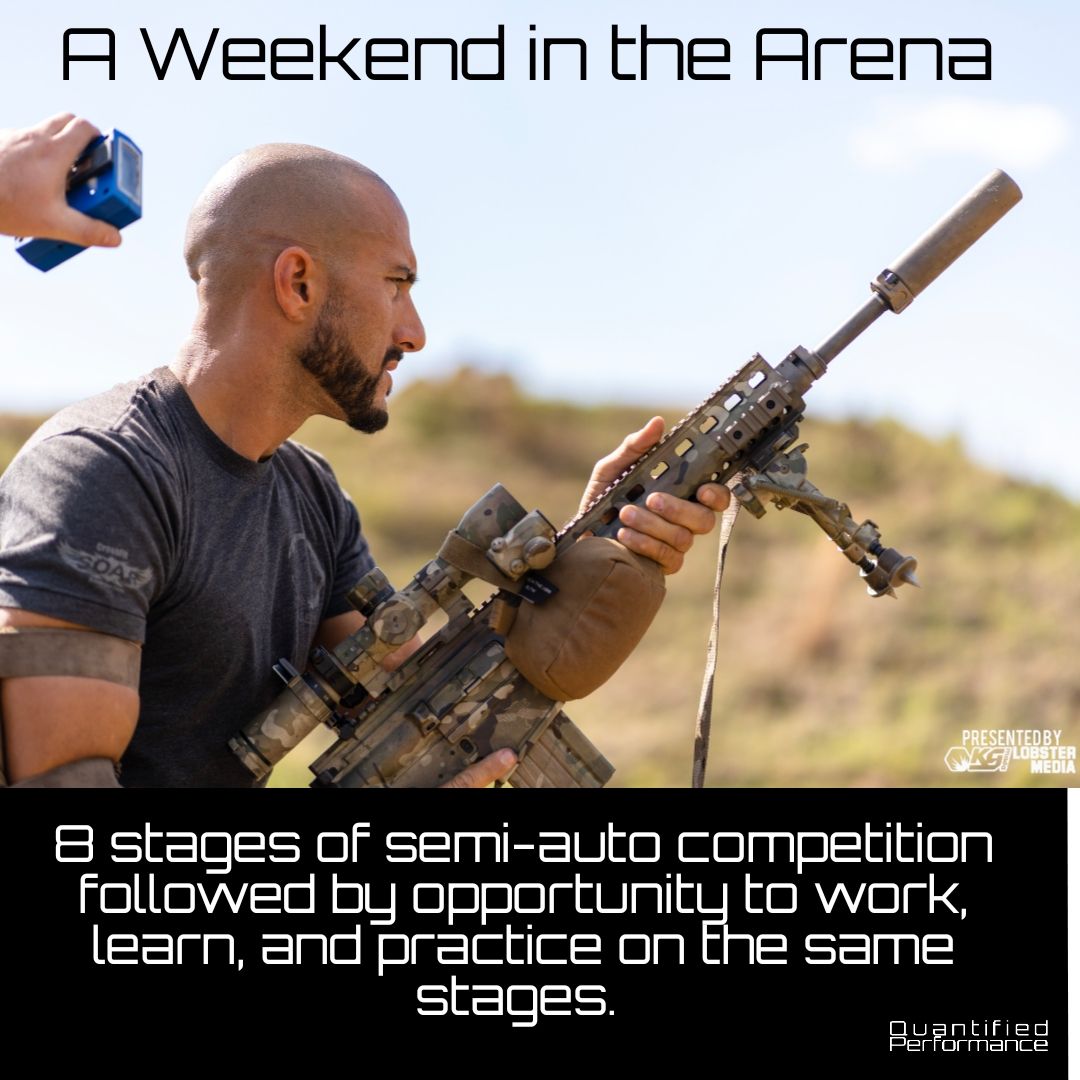
Quantified Performance – Building an Archive
And then, another thing we’ll use is something called MantisX, which basically measures how much the firearm is moving when you press the trigger. It’s just another way to know how good you’re doing when you’re doing dry fire or live fire. So, if you’re using all these things combined…I can have my MantisX turned on, I use Ballistic X, I then have a lot of data points for my performance. And that’s what we’re going to try to get shooters to do.
We want them to use those tools to show their performance, but then to also show improvement. As an example, if they use one type of ammo and they get 3 MOA, but then use another type of ammo and shoot 1 MOA, with the same gun, same conditions, same shooter, then that’s a quantifiable thing. And over time, as we collect more and more information, we’ll have an archive.
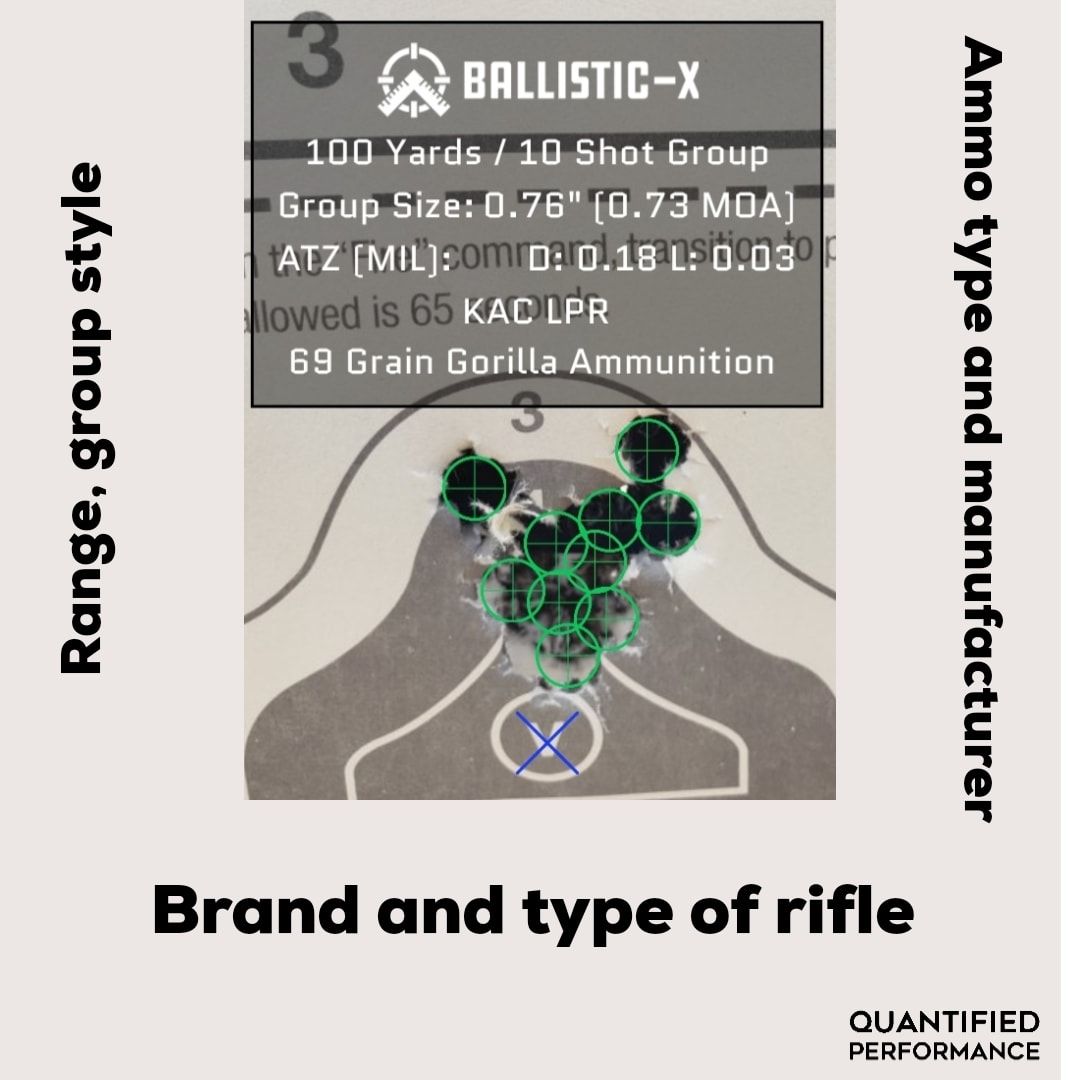
Q: Can you talk about how Quantified Performance can benefit shooters in regards to what works and what doesn’t work?
That’s a long-term thing that we’re not putting a lot of focus on in the beginning, but in the end, after this runs for a while, you’ll be able to go and search what is actually working for people and what’s not working at all. Too often on the internet, you’ll hear something is the greatest thing since sliced bread, only to use it and find that it fails to work as it was intended. In some cases, performance will actually suffer from putting that gizmo on your gun.
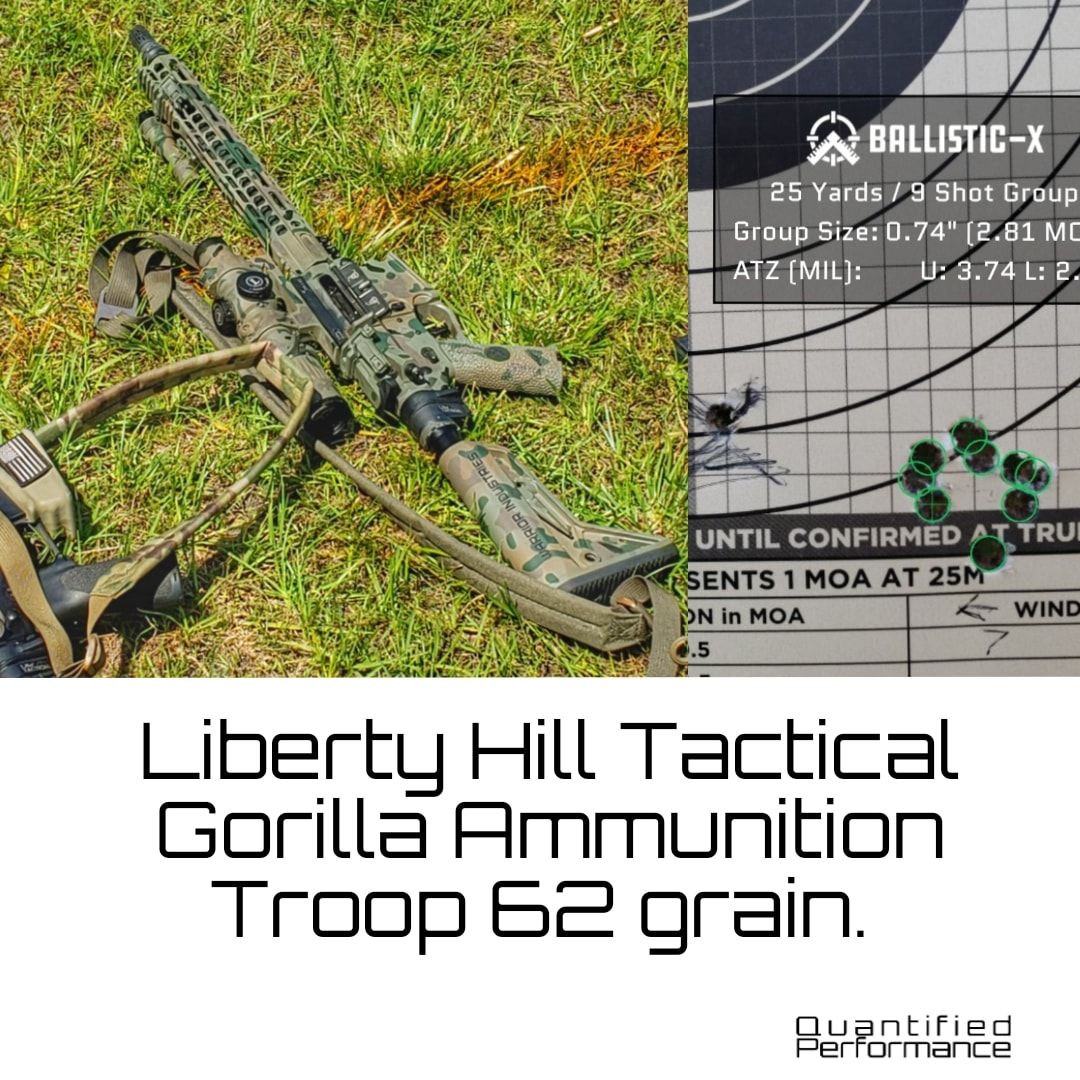
Q: I see that your tag line on the Facebook Business page is “connecting companies of value with customers of prominence.” Can you talk about that?
Another part of the company that we’re excited about is as we start building content, we can start working with companies. I think one of the things that caused the Gas Gun series to go away was lack of participation from businesses. And being on the business side of things, I get a lot of emails that say “send me free stuff. I want to be sponsored.” And my thought when I see that is “OK dude, why would I give stuff to you?”
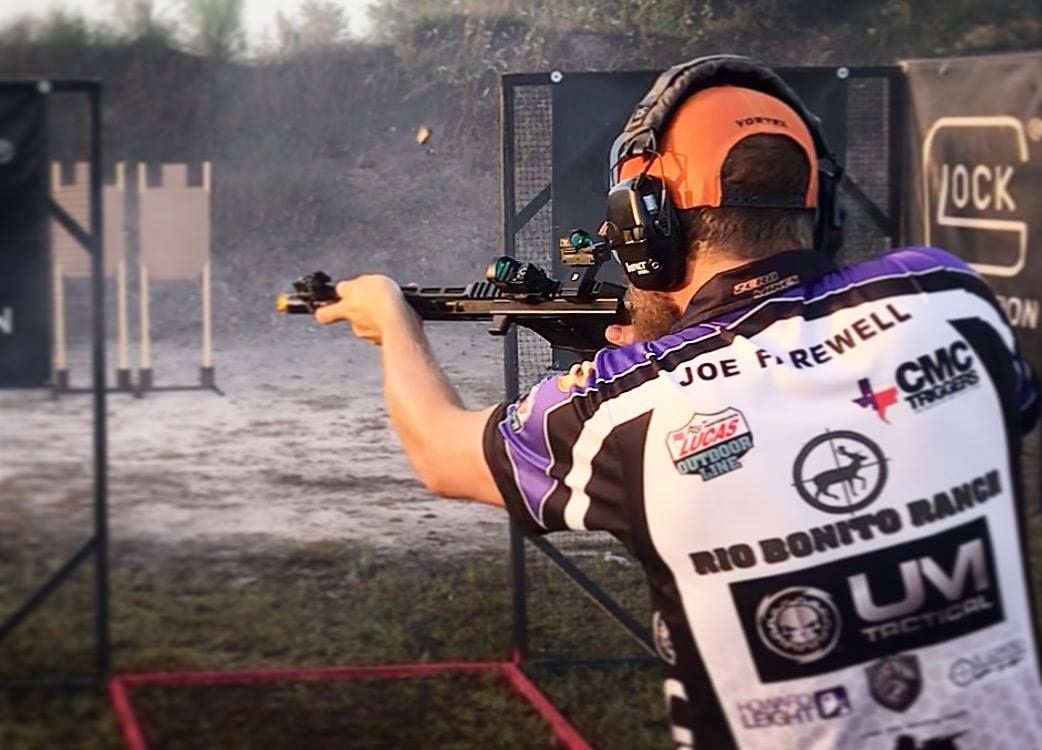
But with what we are building, we will be able to get businesses to go in and be able to see who is doing what, who’s doing well, who is a shooter that knows data development. Then perhaps the company can reach out to a shooter like that…a shooter who can help their business and perhaps their product development. We want to help businesses, but we want to get shooters interacting with businesses, and at the same time getting businesses interacting with the right people.
“Connecting companies of value with customers of prominence”
Our catchphrase is “connecting companies of value with customers of prominence.” I think that captures what we’re really trying to do in the long run – we want to provide a space where businesses can come and check out and see people using their product, and see people using their product well.

Data That Shows Results
We envision better shooters on the page will end up getting things to test and evaluate, and the company gets back solid data on where the product is good, where it is bad…and it’s not just typical internet shilling where someone is saying “this is the greatest thing in the world because they gave it to me for free.” Instead we’ll have shooters be able to present data that will show results before and after.
So, if a guy is shooting at 1 MOA and he gets a new device and he uses it and nothing else changes and his groups drop to sub-MOA, then that might indicate that there’s perhaps something to that new thing. That will really benefit the company and it will really benefit the shooters.
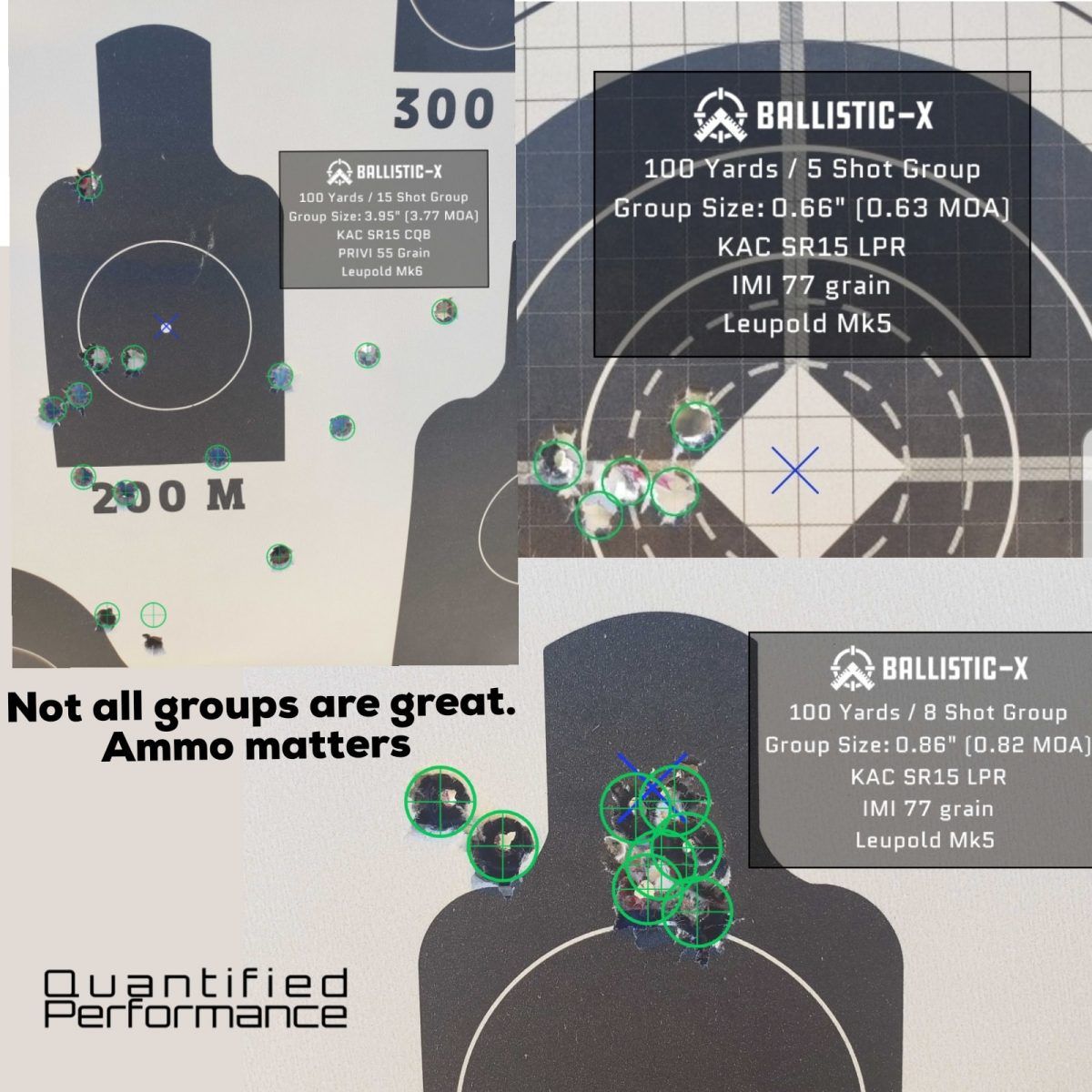
Q: Finally, how can someone get involved if they find the concept of Quantified Performance interesting?
Once we launch, membership is going to be 12 dollars a year. If you show up at first and simply say, “hey here’s a picture of my group. Can you help me out?” The group is going to be able to help…now, first they’ll want to build up the data around that picture. But from there, we’ll help them build up that data about what you were shooting, until they get all the stuff…and it’s not a lot a stuff. Most of the apps are free. We’ll have a discount code for the MantisX if they are interested in that too. (Discount code is “HESS”) But really, all that’s required is a firearm and something to take pictures with.
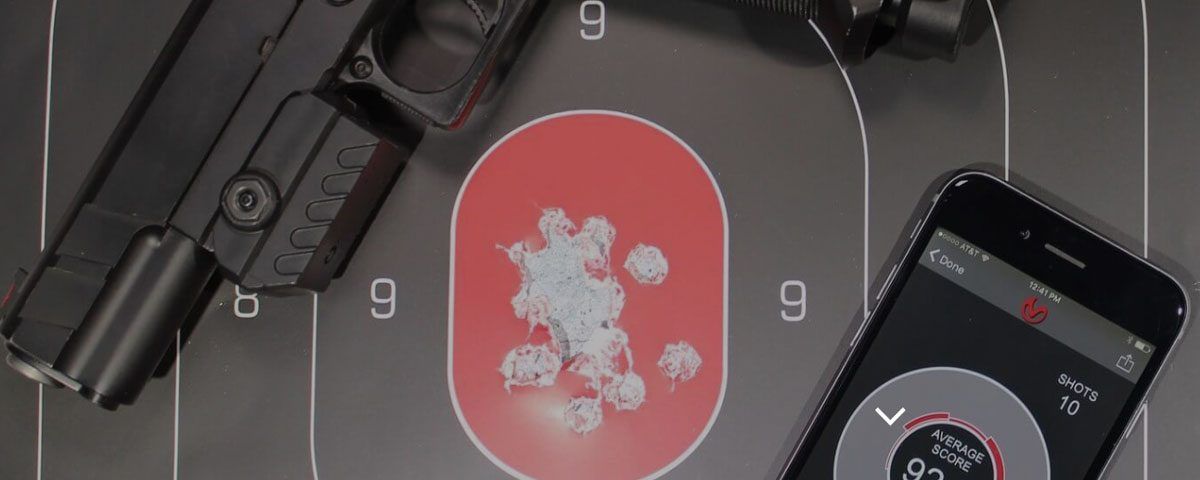
“We’re Just the Meeting Place”
We want to make it easy, so that in the end we can have a shooter show up that is a talented, but they just don’t have a lot of stuff or knowledge. They learn and study and buy the right equipment. Then, they learn how to start building content by inputting data. From that, they end up getting linked up with a company, become a sponsored shooter and end up traveling and winning matches.
We want to support that person for the entire trip. All Quantified Performance will be is the place where all that was facilitated. He or she did all the work. We’re just the meeting place.
###
